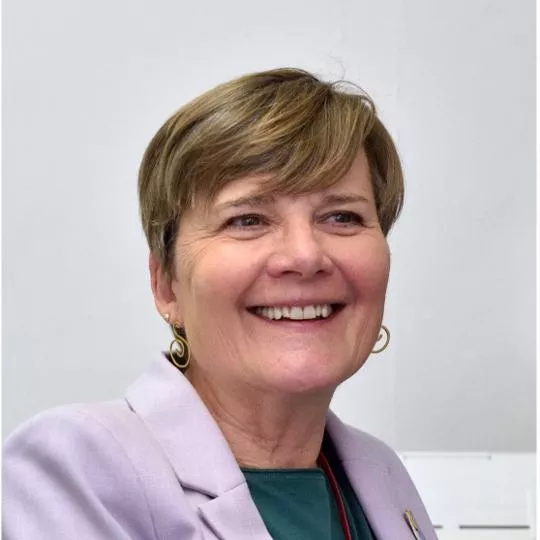CRAFT: Cerclage after full dilatation caesarean section
CRAFT-OBS
Observational Study; To evaluate subsequent pregnancy risk of preterm birth in women with a history of the previous caesarean in established labour. This prospective study using clinically acquired cervical length and quantitative fetal fibronectin data will help establish a predictive model of preterm birth <34 weeks and <37 weeks.
OBS-CTL (control group): To assess the risk of preterm birth or late miscarriage in women at study sites following only term vaginal delivery/(ies) and compare to the OBS cohort.
CRAFT-IMG
Imaging sub-study; To aid understanding of micro and macrostructural features within the cervix which predisposes to preterm birth in women with a previous full dilatation caesarean section. This will use MRI and an advanced transvaginal ultrasound protocol and assess if structural changes can be visualised in the cervix.

Aims
- To understand the association between the degree of cervical dilatation at CS in labour with the risk of LM/PTB in subsequent pregnancies. (CRAFT-OBS)
- To assess the risk of preterm birth in the OBS cohort compared to a contemporaneous control group (CRAFT-CTL).
- To identify a mechanism for the increased risk of preterm birth with MRI and transvaginal ultrasound in order to predict those at most risk and whether cervical cerclage would be of benefit (CRAFT-IMG).
Methods
CRAFT-OBS (observational study) This is a multicentre prospective cohort observational study of 4400 pregnant women with a previous history of term CS in labour who will be recruited following their booking or scanning visit. Women with a previous FDCS may be invited to participate in CRAFT-IMG. If patients have a clinically indicated transvaginal cervical length or qfFN during their pregnancy, this information will also be collected.
CRAFT-CTL (control group) This is a multicentre control group carried out alongside CRAFT-OBS. At each site women with a history of term vaginal delivery/(ies) and delivering a singleton pregnancy within the study timeframe will have their gestational age and birthweight alongside maternal ethnicity, BMI and age at booking captured through a search of the maternity data system. This data will be non-identifiable and the search will be conducted by a member of the direct care team. This will mean each site has a contemporaneous control group of their own to compare the rate of sPTB to the OBS study cohort.
CRAFT-IMG (imaging substudy) This is a prospective cohort sub-study at University College London and St Thomas’ Hospitals only. It will collect image data and outcomes in a sub-group of women participating in CRAFT.
All participants will have experienced FDCS in a previous pregnancy and will include women with and without cervical shortening in the current pregnancy based on their CL monitoring. Participants will be allocated to one of three groups: a) women with cervical length of <25 mm with no cerclage in place (n=15), b) women with cervical length of <25 mm with a cerclage (n=15), c) women with cervical length of >/=25mm.
A transvaginal ultrasound using a new enhanced protocol developed by Professor Anna David at University College London will be undertaken in all women. This procedure is more detailed than standard measurement of CL. The site of previous scar tissue and any other abnormalities (for example the presence of cysts) will be recorded. Serial MRIs will also be performed. Recruited patients will have up to 3 serial transvaginal ultrasounds and MRIs during their pregnancy.
Trials Design
Prospective observational study and imaging sub-study in a selected cohort
Our Partners

University College London
Investigators
Affiliations
Funding
Amount: n/a
Period: September 2019 - September 2022


